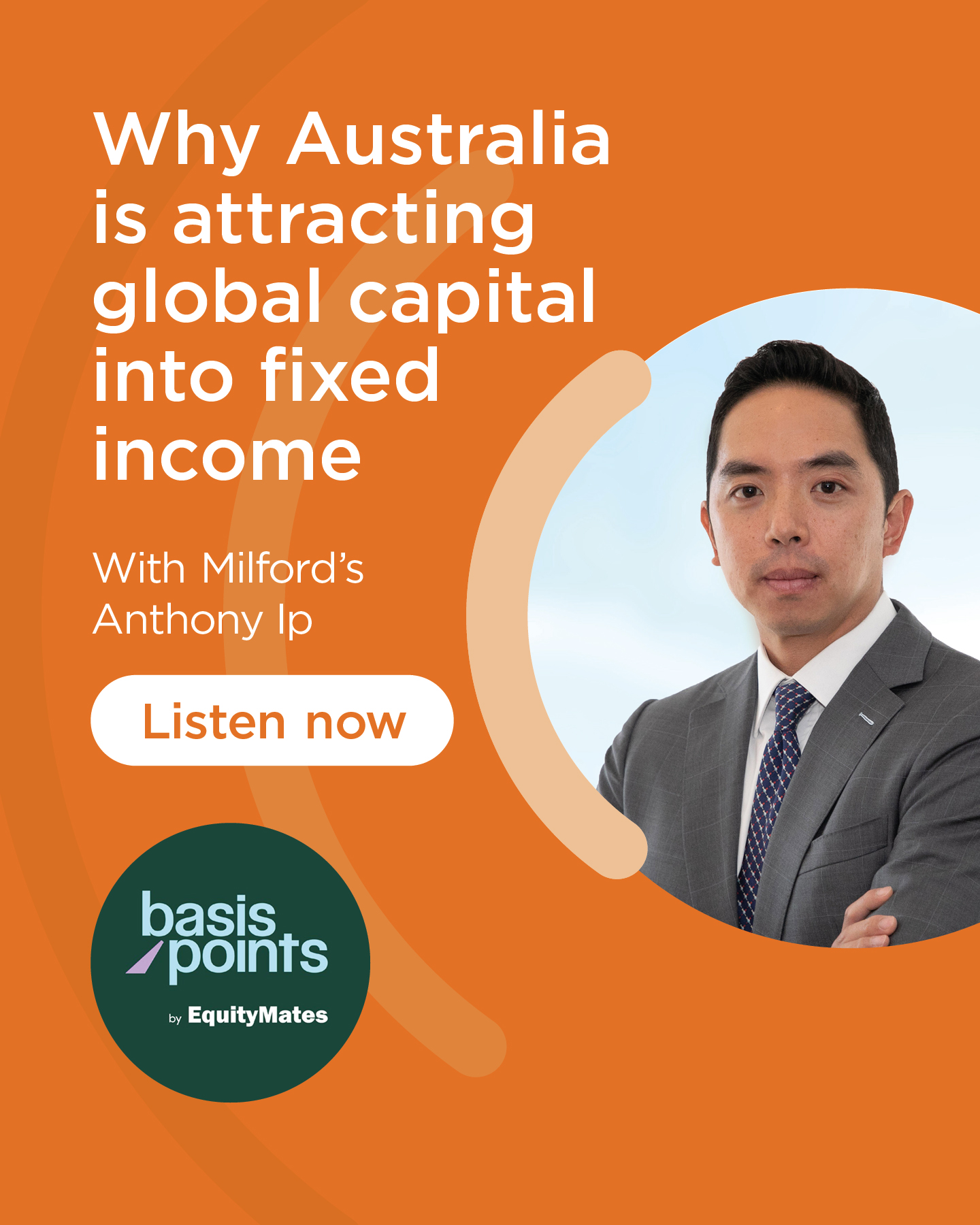If you take a walk around the streets of Sydney Tuesday to Thursday, you wouldn’t know we were still in the midst of a pandemic. Anecdotally the office is most certainly not dead. However, Covid has been the catalyst for challenges in office markets globally. Some markets and specifically submarkets are likely to see more lasting shifts, whilst others may be more transient in nature. Milford believe there will be specific assets and markets that outperform others and we will discuss our broader views below.
Pre- covid office trends
Going into Covid tenants were demanding more flexible space with additional meeting rooms, hot-desks and driving higher staff density. In addition, large tenants were leasing space under assumptions that incorporated flexible staff working. The result leading into Covid was modest downward pressure on floor space per employee at many larger corporates.
How has Covid impacted the office?
Early in Covid the dearth of activity in CBDs weighed heavily on the sentiment towards both the office and office markets. Occupancy was low given lockdowns, vacancy increased, and additional sublease space was released into respective markets. In addition, the rapid shift to work from home caused significant uncertainty around the long term impacts on demand. The combination has meant that office REITs underperformed the broader market and continued to trade at a discount.
Are we at an inflection point?
In markets such as Sydney where Covid has been relatively well controlled there are several positives starting to appear within office markets.
Cyclical improvement:
- Employment activity improving leading to strong new job ads and in particular white collar jobs (typically a leading indicator for office demand)
- Tenant enquiries have picked up (another leading indicator)
- Leasing activity is improving in volume
- Incentives paid to entice tenants look to have troughed
Structural elements look to show a mixed story:
- Tenants leasing new space are starting to look for increased space per person to provide for social distancing
- Tenants are continuing to look for more collaborative spaces and meeting rooms (have a requirement for more space)
- Some corporates point to a decrease in productivity and collaboration with staff full time remote working
- Return to work has led to greater demand Tuesday to Thursday, meaning still need similar office capacity in CBD
- Work from home remains popular for offices that have returned closer to full time
In addition to the points above direct demand for high quality modern office buildings remains robust with assets being sold above book values. Evidence of this is seen in the direct capital transaction markets, with press speculation 200 George St, Sydney will transact at a 10% asset value likely.
Implications for investors
When we weigh up the above, we appear to be through the worst on office demand. This is particularly true in cities where the impacts of Covid have been less pronounced like Sydney. The structural shifts look to be somewhat balanced across positives and negatives, particularly for premium CBD office. The points above lead us to our expectation that office assets will bifurcate in terms of performance. We anticipate a divergence between those that own modern A grade stock vs old B grade stock. Modern, well located, flexible buildings, where office supply is somewhat constrained will be in decent demand and continue to trade north of stated book values. Meanwhile older assets that require significant capital expenditure to modernise the asset, in oversupplied cities will be more challenged.
Overall, cognisant of the above Milford feel we are through the worst for office markets generally, and therefore have become more positive on office owners. Milford will continue to add selectively to the right names, at the right price.



